A Novel Subgrid Model Based on Convection and Liutex
Abstract
1. Introduction
2. Limitations of Eddy Viscosity
- 1.
- Eddy viscosity does not capture the essential effect of SGS eddies.
- 2.
- Eddy viscosity uses linear terms to approximate nonlinear terms.
- 3.
- Viscosity is a physical property of molecules.
3. Convection-Based SGS Model
- The proposed model modifies the convective terms, capturing the physical essence that unresolved eddies enhance momentum transport by convection.
- Unlike all other SGS models, there is no empirical coefficient in the proposed model. All expressions are derived theoretically.
- The proposed model is anisotropic. Unresolved vortices have rotation axes which have directions, so a good SGS model should not be isotropic.
4. Application and Results
5. Conclusions
Author Contributions
Funding
Institutional Review Board Statement
Informed Consent Statement
Data Availability Statement
Acknowledgments
Conflicts of Interest
Abbreviations
| LES | Large eddy simulation |
| SGS | Subgrid Scale |
| WALE | Wall-adapting local eddy |
| AMD | Anisotropic minimum-dissipation |
| DNS | Direct numerical simulation |
References
- Smagorinsky, J. General circulation experiments with the primitive equations: I. The basic experiment. Mon. Wea. Rev. 1963, 91, 99–164. [Google Scholar] [CrossRef]
- Deardorff, J.W. A Numerical Study of Three-Dimensional Turbulent Channel Flow at Large Reynolds Numbers. J. Fluid Mech. 1970, 41, 453–480. [Google Scholar] [CrossRef]
- Pitsch, H. Large-eddy simulation of turbulent combustion. Annu. Rev. Fluid Mech. 2006, 38, 453–482. [Google Scholar] [CrossRef]
- Wagner, C.; Hüttl, T.; Sagaut, P. (Eds.) Large-Eddy Simulation for Acoustics, 1st ed.; Cambridge University Press: Cambridge, UK, 2007; ISBN 978-0-521-87144-0. [Google Scholar]
- Sullivan, P.P.; McWilliams, J.C.; Moeng, C.-H. A Subgrid-Scale Model for Large-Eddy Simulation of Planetary Boundary-Layer Flows. Bound.-Layer Meteorol. 1994, 71, 247–276. [Google Scholar] [CrossRef]
- Boussinesq, J. Essai Sur La Théorie Des Eaux Courantes; Impr. Nationale: Paris, France, 1877. [Google Scholar]
- Nicoud, F.; Ducros, F. Subgrid-Scale Stress Modelling Based on the Square of the Velocity Gradient Tensor. Flow Turbul. Combust. 1999, 62, 183–200. [Google Scholar] [CrossRef]
- Germano, M.; Piomelli, U.; Moin, P.; Cabot, W.H. A Dynamic Subgrid-Scale Eddy Viscosity Model. Phys. Fluids A Fluid Dyn. 1991, 3, 1760–1765. [Google Scholar] [CrossRef]
- Vreman, A.W. An Eddy-Viscosity Subgrid-Scale Model for Turbulent Shear Flow: Algebraic Theory and Applications. Phys. Fluids 2004, 16, 3670–3681. [Google Scholar] [CrossRef]
- Rozema, W.; Bae, H.J.; Moin, P.; Verstappen, R. Minimum-Dissipation Models for Large-Eddy Simulation. Phys. Fluids 2015, 27, 085107. [Google Scholar] [CrossRef]
- Ding, Y.; Pang, B.; Yan, B.; Wang, Y.; Chen, Y.; Qian, Y. A Liutex-Based Subgrid Stress Model for Large-Eddy Simulation. J. Hydrodyn. 2022, 34, 1145–1150. [Google Scholar] [CrossRef]
- Liu, C.; Gao, Y.; Tian, S.; Dong, X. Rortex—A New Vortex Vector Definition and Vorticity Tensor and Vector Decompositions. Phys. Fluids 2018, 30, 035103. [Google Scholar] [CrossRef]
- Liu, C.; Gao, Y.; Dong, X.; Wang, Y.; Liu, J.; Zhang, Y.; Cai, X.; Gui, N. Third Generation of Vortex Identification Methods: Omega and Liutex/Rortex Based Systems. J. Hydrodyn. 2019, 31, 205–223. [Google Scholar] [CrossRef]
- Wang, Y.; Gao, Y.; Xu, H.; Dong, X.; Liu, J.; Xu, W.; Chen, M.; Liu, C. Liutex Theoretical System and Six Core Elements of Vortex Identification. J. Hydrodyn. 2020, 32, 197–211. [Google Scholar] [CrossRef]
- Wang, Y.; Gao, Y.; Liu, J.; Liu, C. Explicit Formula for the Liutex Vector and Physical Meaning of Vorticity Based on the Liutex-Shear Decomposition. J. Hydrodyn. 2019, 31, 464–474. [Google Scholar] [CrossRef]
- Hunt, J.C.; Wray, A.A.; Moin, P. Eddies, Streams, and Convergence Zones in Turbulent Flows. Center for Turbulence Research Proceedings of the Summer Program. 1988. Available online: https://ntrs.nasa.gov/citations/19890015184 (accessed on 17 October 2025).
- Jeong, J.; Hussain, F. On the Identification of a Vortex. J. Fluid Mech. 1995, 285, 69–94. [Google Scholar] [CrossRef]
- Kolář, V.; Šístek, J. Stretching Response of Rortex and Other Vortex-Identification Schemes. AIP Adv. 2019, 9, 105025. [Google Scholar] [CrossRef]
- Gao, Y.; Liu, C. Rortex Based Velocity Gradient Tensor Decomposition. Phys. Fluids 2019, 31, 011704. [Google Scholar] [CrossRef]
- Yu, Y.; Shrestha, P.; Nottage, C.; Liu, C. Principal Coordinates and Principal Velocity Gradient Tensor Decomposition. J. Hydrodyn. 2020, 32, 441–453. [Google Scholar] [CrossRef]
- Xu, W.; Wang, Y.; Gao, Y.; Liu, J.; Dou, H.; Liu, C. Liutex Similarity in Turbulent Boundary Layer. J. Hydrodyn. 2019, 31, 1259–1262. [Google Scholar] [CrossRef]
- Xu, W.; Wang, Y.; Gao, Y.; Liu, J.; Dou, H.-S.; Liu, C. Observation on Liutex Similarity in the Dissipation Subrange of Turbulent Boundary Layer. Comput. Fluids 2022, 246, 105613. [Google Scholar] [CrossRef]
- Yan, B.; Wang, Y.; Liu, C. Liutex-Represented Vortex Spectrum in Turbulence. Entropy 2022, 25, 25. [Google Scholar] [CrossRef]
- Shannon, C.E. Communication in the Presence of Noise. Proc. IRE 1949, 37, 10–21. [Google Scholar] [CrossRef]
- Whittaker, E.T. XVIII.—On the Functions Which Are Represented by the Expansions of the Interpolation-Theory. Proc. R. Soc. Edinb. 1915, 35, 181–194. [Google Scholar] [CrossRef]
- Wang, Y.; Yang, Y.; Yang, G.; Liu, C. DNS Study on Vortex and Vorticity in Late Boundary Layer Transition. Commun. Comput. Phys. 2017, 22, 441–459. [Google Scholar] [CrossRef]
- Chen, L.; Liu, X.; Oliveira, M.; Liu, C. DNS for Late Stage Structure of Flow Transition on a Flat-Plate Boundary Layer. In Proceedings of the 48th AIAA Aerospace Sciences Meeting Including the New Horizons Forum and Aerospace Exposition, Orlando, FL, USA, 4 January 2010. [Google Scholar]
- Wang, X.; Xu, F.; Zhang, Z.; Wang, Y. 3D LES Numerical Investigation of Vertical Vortex-Induced Vibrations of a 4:1 Rectangular Cylinder. Adv. Wind. Eng. 2024, 1, 100008. [Google Scholar] [CrossRef]
- Liu, Z.; Wu, Y.; Li, B. An Assessment on the Performance of Sub-Grid Scale Models of Large Eddy Simulation in Modeling Bubbly Flows. Powder Technol. 2020, 374, 470–481. [Google Scholar] [CrossRef]
- Kim, M.; Lim, J.; Kim, S.; Jee, S.; Park, D. Assessment of the Wall-Adapting Local Eddy-Viscosity Model in Transitional Boundary Layer. Comput. Methods Appl. Mech. Eng. 2020, 371, 113287. [Google Scholar] [CrossRef]
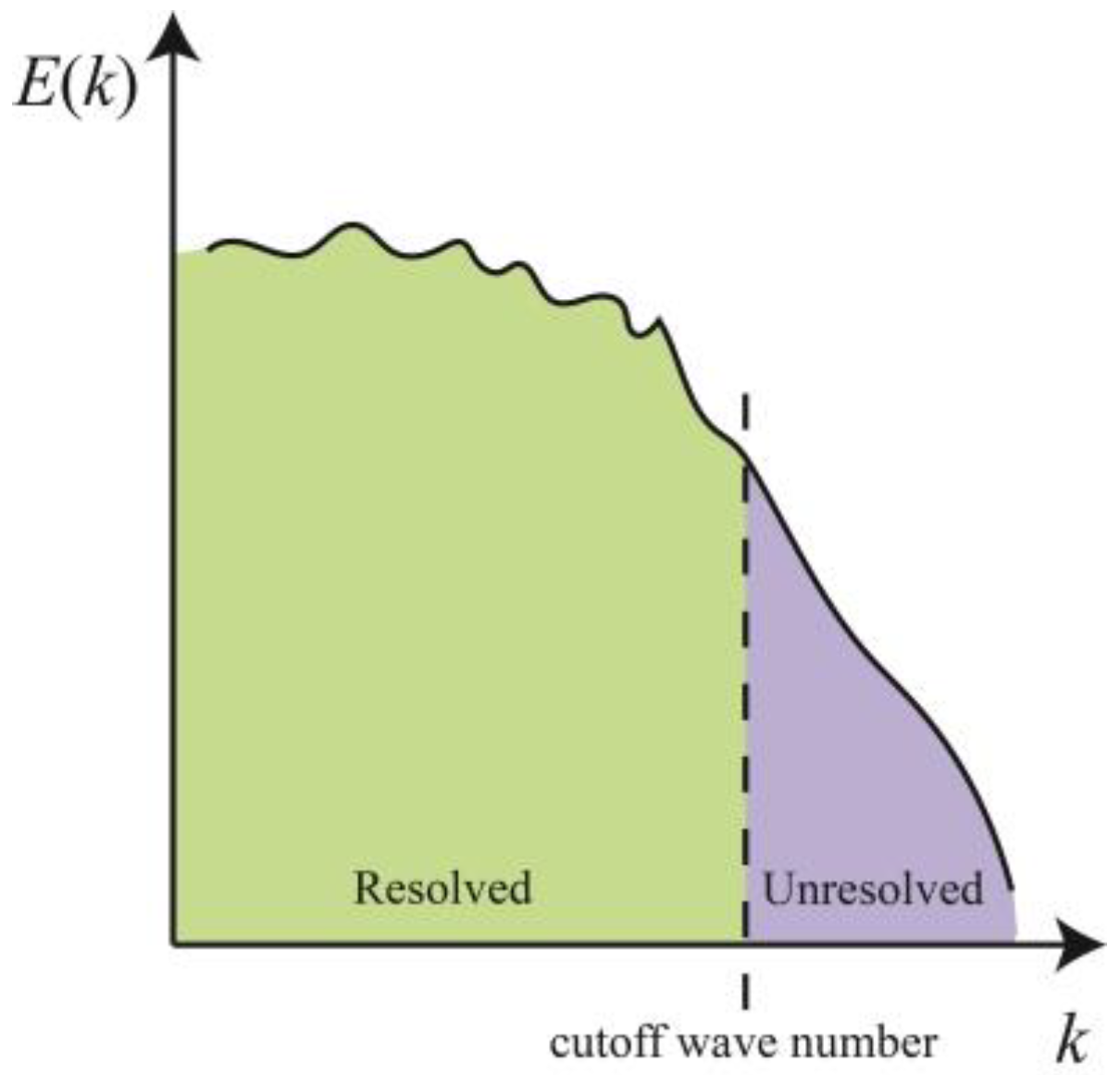
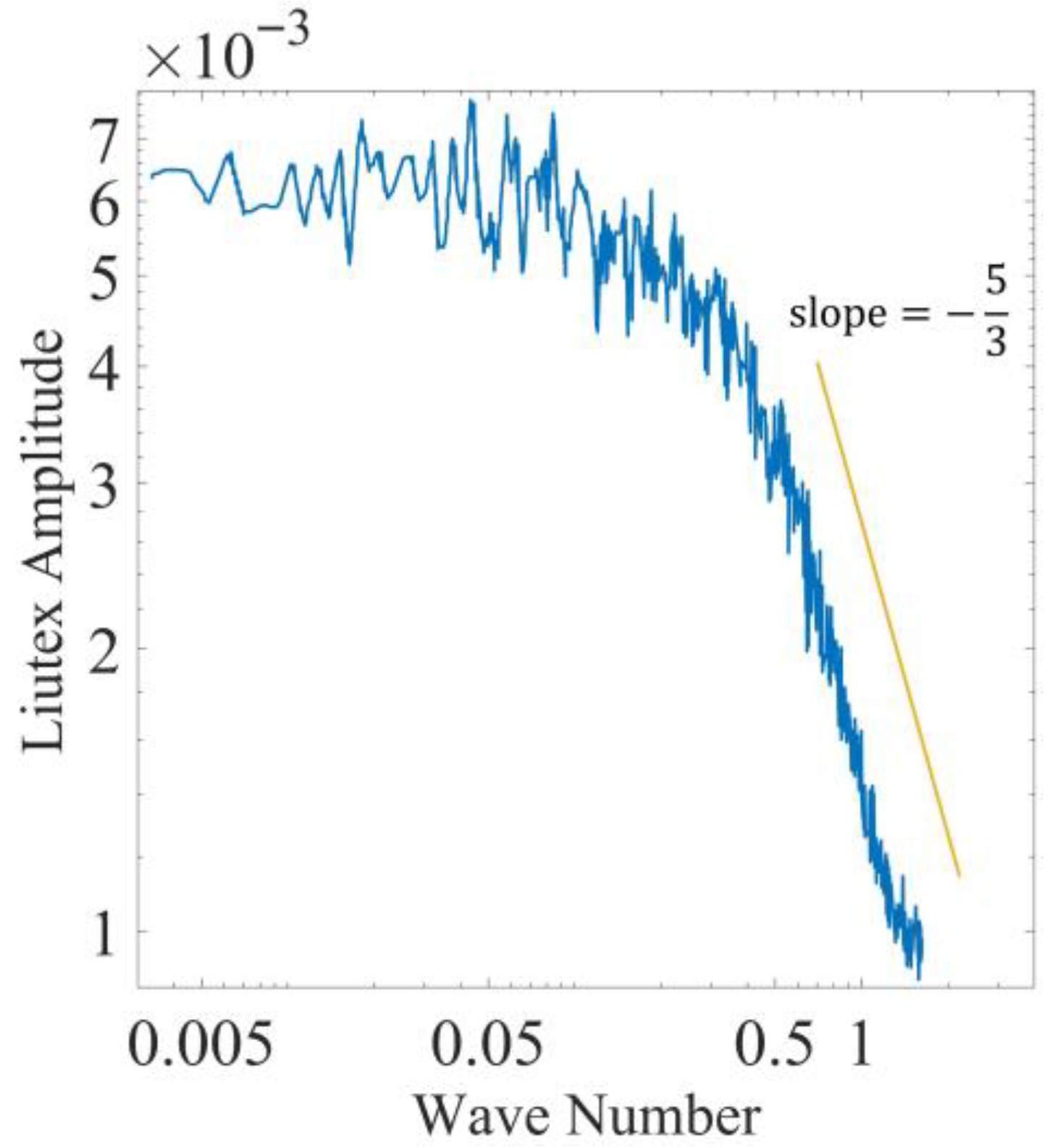
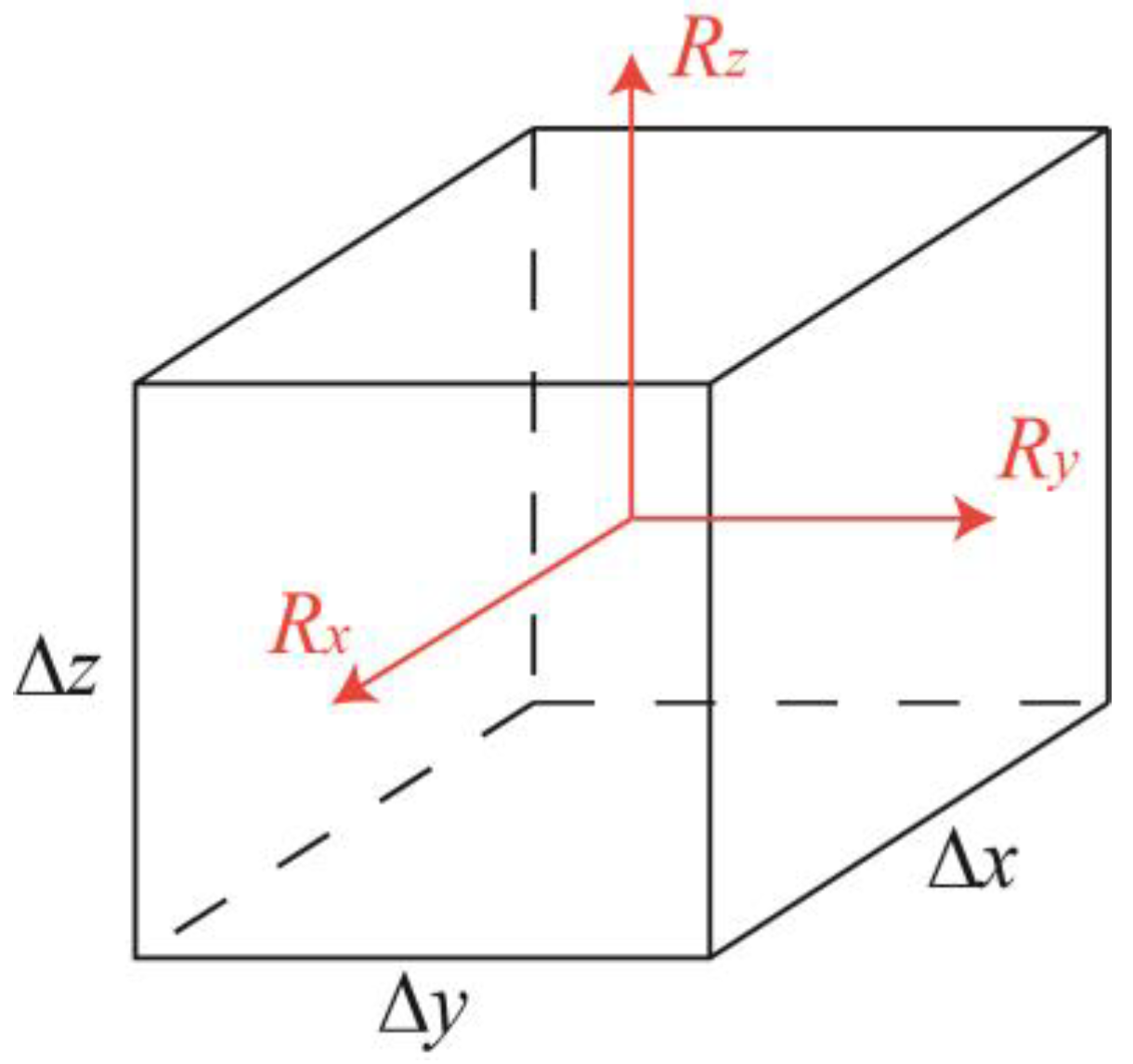

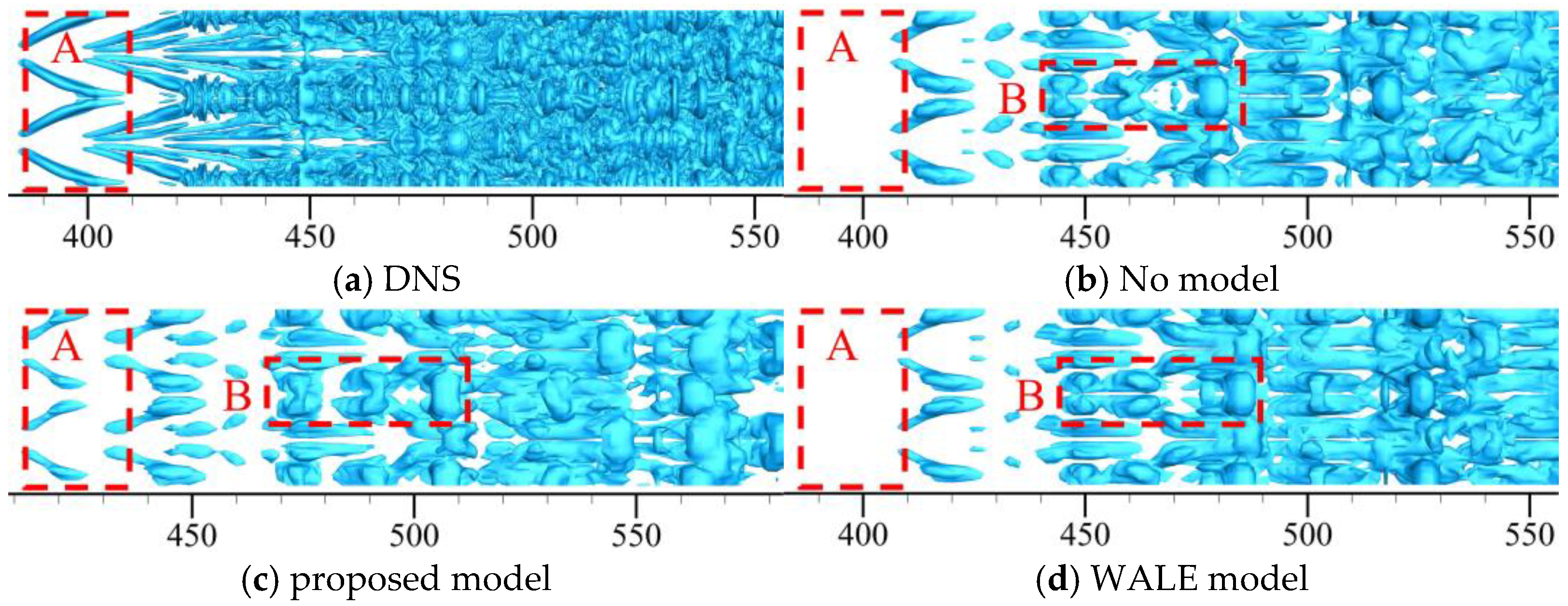
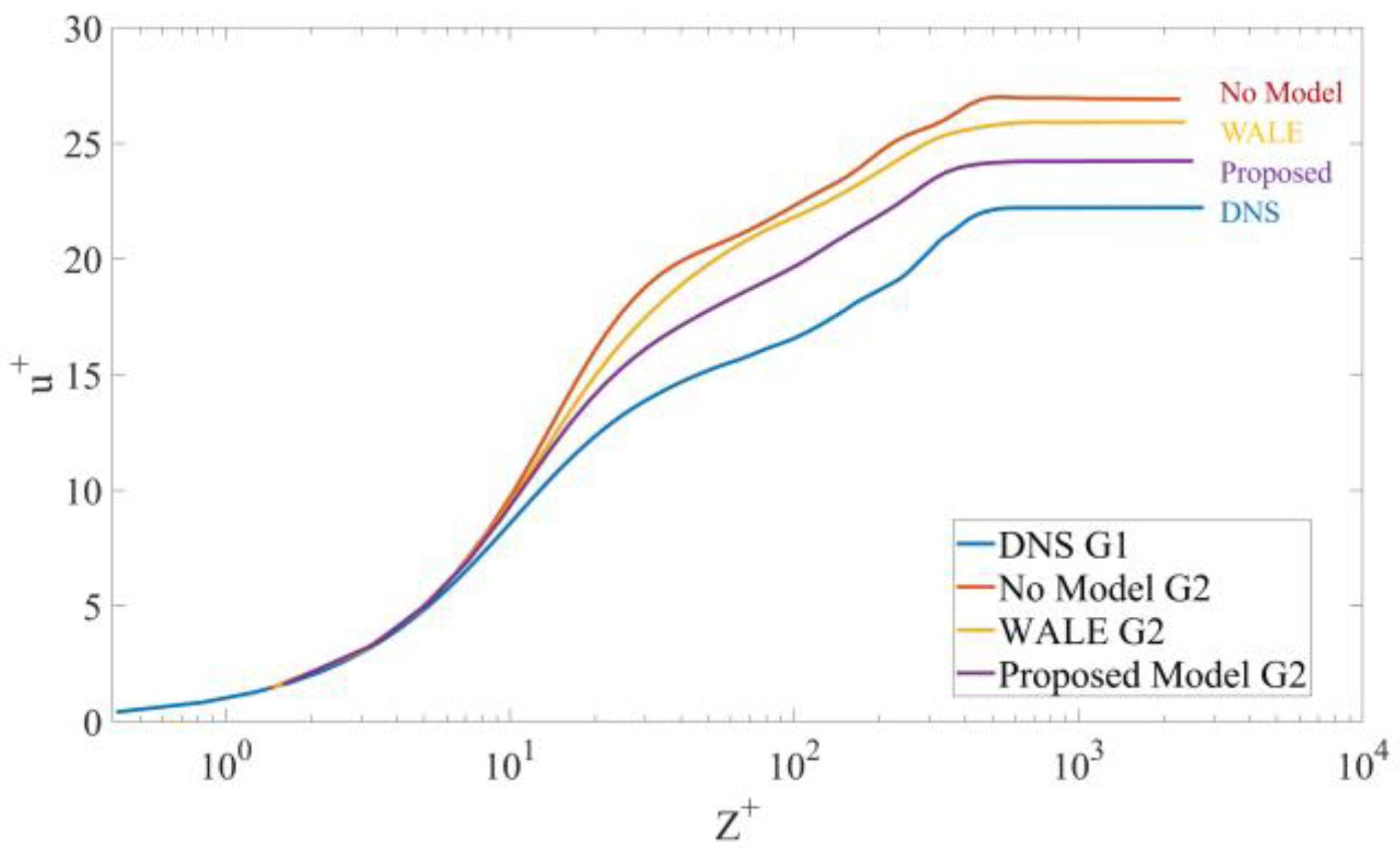


Disclaimer/Publisher’s Note: The statements, opinions and data contained in all publications are solely those of the individual author(s) and contributor(s) and not of MDPI and/or the editor(s). MDPI and/or the editor(s) disclaim responsibility for any injury to people or property resulting from any ideas, methods, instructions or products referred to in the content. |
© 2025 by the authors. Licensee MDPI, Basel, Switzerland. This article is an open access article distributed under the terms and conditions of the Creative Commons Attribution (CC BY) license (https://creativecommons.org/licenses/by/4.0/).
Share and Cite
Yu, Y.; Liu, C. A Novel Subgrid Model Based on Convection and Liutex. Fluids 2025, 10, 292. https://doi.org/10.3390/fluids10110292
Yu Y, Liu C. A Novel Subgrid Model Based on Convection and Liutex. Fluids. 2025; 10(11):292. https://doi.org/10.3390/fluids10110292
Chicago/Turabian StyleYu, Yifei, and Chaoqun Liu. 2025. "A Novel Subgrid Model Based on Convection and Liutex" Fluids 10, no. 11: 292. https://doi.org/10.3390/fluids10110292
APA StyleYu, Y., & Liu, C. (2025). A Novel Subgrid Model Based on Convection and Liutex. Fluids, 10(11), 292. https://doi.org/10.3390/fluids10110292





